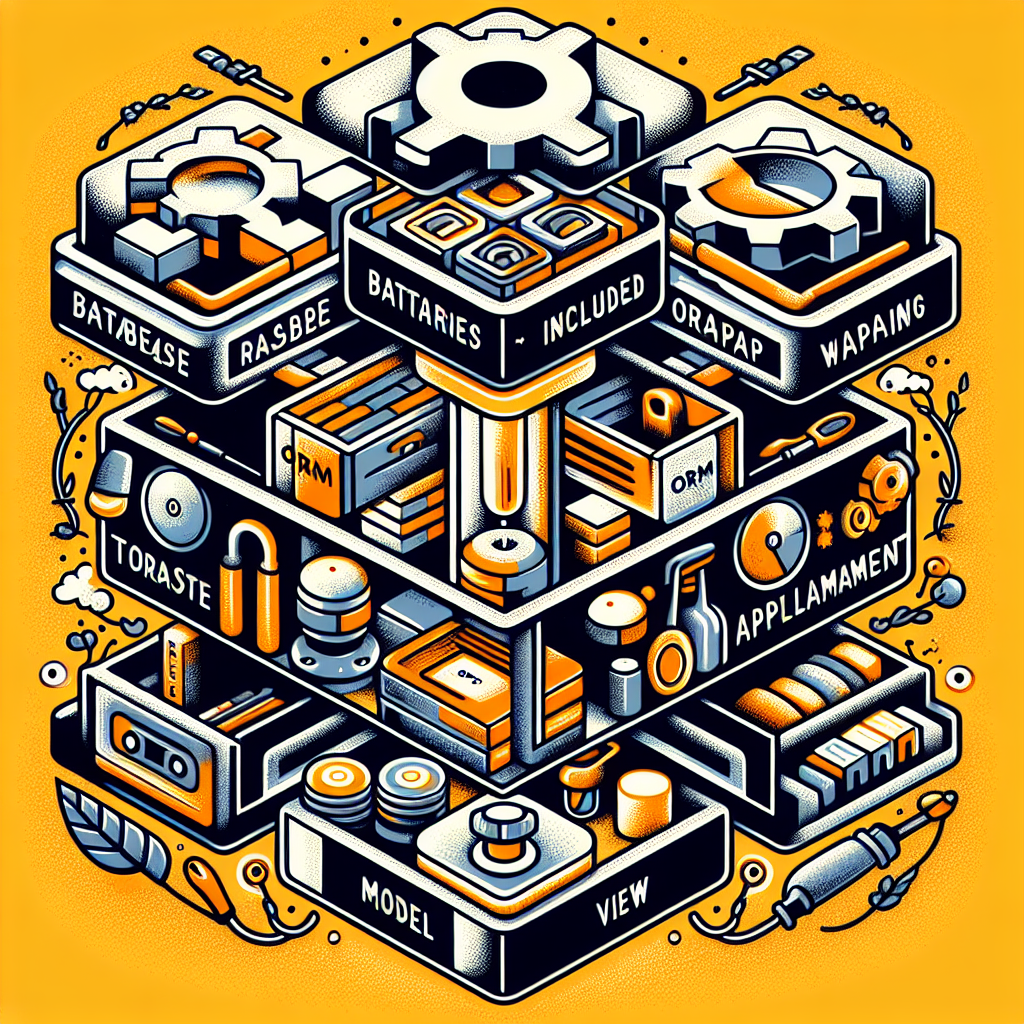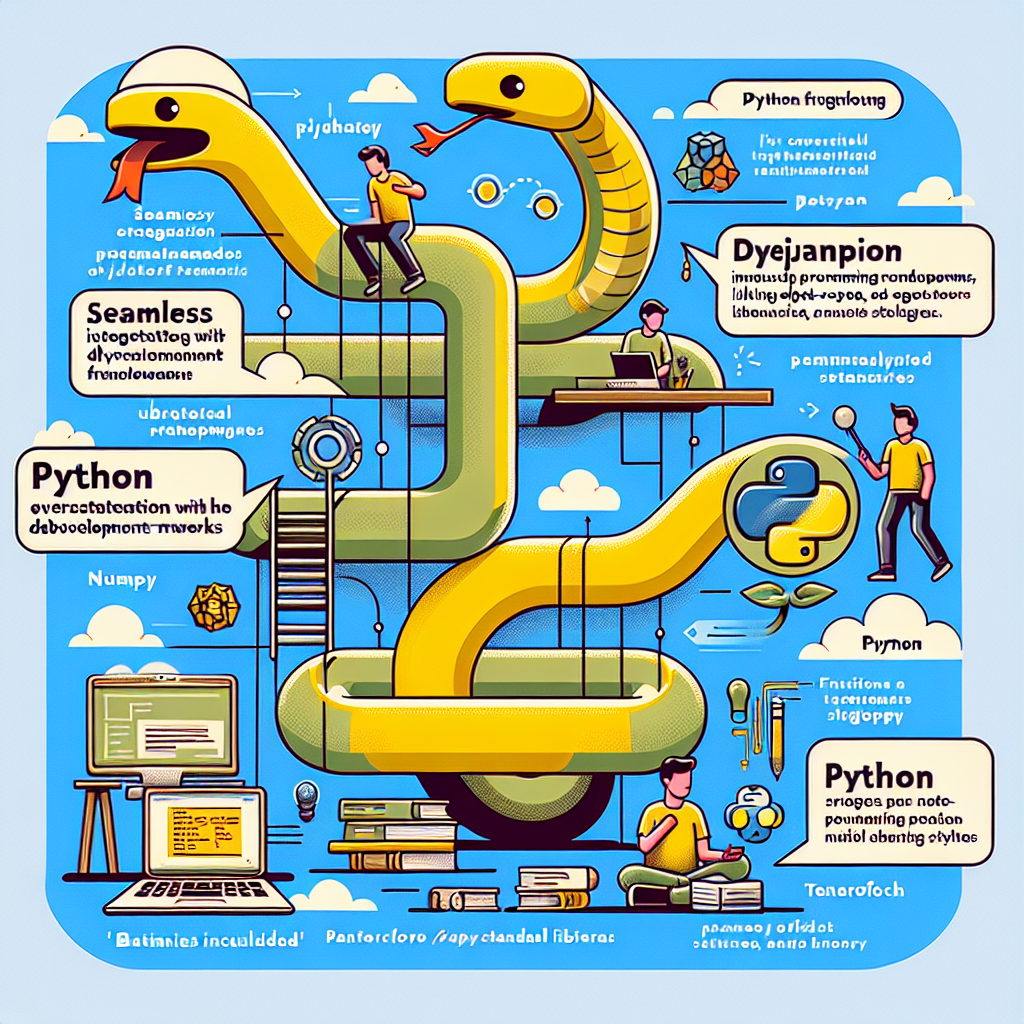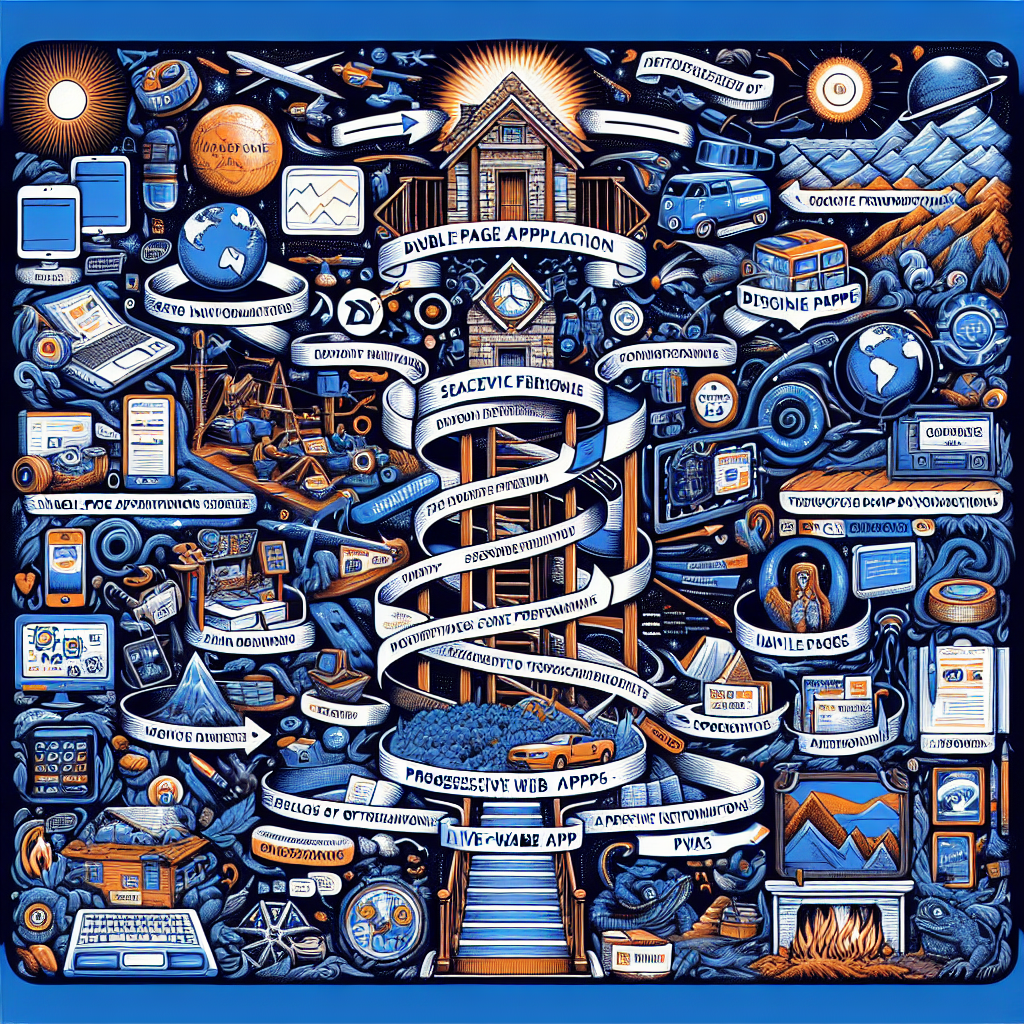Dive into the evolving landscape of web development where Django's robust framework, Python's programming elegance, and the versatility of web applications are shaping the future of dynamic online experiences.


 Conclusions
Django, Python, and web applications represent critical elements in modern web development, each bringing unique strengths to the digital landscape. Embracing these tools opens a realm of possibilities for creating rich, user-centric applications that reshape how we engage online.
Conclusions
Django, Python, and web applications represent critical elements in modern web development, each bringing unique strengths to the digital landscape. Embracing these tools opens a realm of possibilities for creating rich, user-centric applications that reshape how we engage online.
Django Framework - The Power Behind Complex Websites
Embracing the 'Batteries-Included' Philosophy
The Django framework operates on a 'batteries-included' model. This comprehensive approach equips developers with a suite of built-in tools and applications for common web development tasks right out of the box. Such an approach allows for the rapid development and deployment of web applications without the need for external plugins or complicated configurations. From authentication systems, message queues, administrative activities, to sitemap generation, Django has it all, making it significantly efficient for crafting complex, feature-rich web applications.Robust ORM and Data Modeling
At the heart of Django's architecture is its Object-Relational Mapper (ORM), a dynamic data interface that abstracts SQL queries through Python code. This powerful ORM enables developers to manipulate database schemas as Python classes, making database operations more intuitive and secure. It's particularly helpful in dealing with complex database-driven websites, where data consistency and integrity are critical. Through this ORM, Django provides a seamless bridge between the database engine and the web application logic, simplifying data retrieval, insertion, updating, and deletion processes.The MTV Architecture
Django's adoption of the Model-Template-View (MTV) architecture pattern is a testament to its intuitive design philosophy. This pattern encourages the separation of concerns within the application:- **Model**: Defines the data structure, essentially how the data looks.- **Template**: Manages the presentation layer, determining how the data is displayed.- **View**: Acts as the mediator, controlling what data is displayed and how it's interacted with.Such separation not only streamlines development by allowing teams to work on different components concurrently but also enhances the maintainability and scalability of web applications. By adhering to the DRY principle, Django ensures that developers don't waste time rewriting existing code, thus making the process of web development quicker and more efficient.In conclusion, Django's blend of rich features, ease of use, and the community's vast resources make it an unbeatable framework for developing sophisticated web applications. Whether you're creating a small business website or a large-scale web service, Django provides the tools necessary to build robust, scalable, and maintainable web applications.
Python in Web Development - More than Just a Scripting Language
Seamless Integration with Web Development Frameworks
The cornerstone of Python's integration into web development lies in its array of powerful frameworks, with Django leading the charge. Django, a high-level Python web framework, simplifies the process of developing complex, database-driven websites. It adheres to the "Don't Repeat Yourself" (DRY) principle, ensuring a modular and reusable codebase. This framework is designed to encourage rapid development and pragmatic design, making it an ideal choice for developers looking to execute projects efficiently and effectively.Python's Versatile Programming Paradigms
Python's support for multiple programming paradigms enhances its utility in web development. Its capability to switch between procedural, object-oriented, and functional programming paradigms allows developers to adopt the most suitable approach for their project, leading to more readable, maintainable, and scalable web applications. This versatility ensures that Python developers can tackle a wide variety of web development tasks, from simple scripts to complex web application architectures.Dynamic and Rich Standard Library
Python's dynamic nature and strong type-checking mechanisms contribute significantly to its ease of use in web development scenarios. The language's comprehensive standard library, often summarized by the term 'batteries included', provides a wealth of pre-coded functionalities. These range from data manipulation and file I/O operations to web protocols and support for multimedia services, streamlining the process of integrating various web technologies and protocols into applications.The Role of Python in Data Manipulation and Machine Learning
Python's prominence in web development extends to its capacity for handling data manipulation and powering the back-end of machine learning applications. Its efficient data structures and libraries, such as NumPy and pandas for data analysis and manipulation, along with powerful machine learning frameworks like TensorFlow and PyTorch, make Python an indispensable tool in developing sophisticated web applications that require complex data processing and predictive functionalities. Through Django and other frameworks, coupled with its versatile programming capabilities and rich set of libraries, Python asserts itself not merely as a scripting language but as a robust platform for building modern web applications.
Web Applications - The Rise of Interactive Online Experiences
The Technological Evolution Behind Web Applications
Web applications have transformed the digital landscape, introducing a new era where dynamic and interactive online experiences are the norm. This shift is largely attributed to advancements like AJAX (Asynchronous JavaScript and XML), which enabled web pages to update content dynamically without reloading, thereby drastically improving user experiences. Single-page applications (SPAs) took this further by loading the entire application in a single page, offering a seamless, app-like navigation experience. Most recently, Progressive Web Apps (PWAs) have emerged, combining the best of web and native app features, offering offline capabilities, push notifications, and fast load times, all while being accessible through a browser.Security in the Age of Interactivity
With the increasing complexity of web applications, developers face significant security challenges. Protecting user data is paramount, necessitating the use of secure frameworks and adherence to best security practices. Django framework, thanks to its "batteries-included" approach, provides built-in protections against many security threats like SQL injection, cross-site scripting, and cross-site request forgery, making Python web development a robust choice for crafting secure web applications.Blurring the Lines: Web Applications and Native Experiences
Modern web applications are at the forefront of blurring the lines between web and native app experiences. By putting a strong emphasis on user experience and performance, they cater to a mobile-first audience, who demands seamless, fast, and engaging online interactions. Through technologies like responsive design, SPAs, and PWAs, web applications are now capable of offering an unprecedented level of accessibility and usability, paving the way for a new era of interactive online experiences. Conclusions
Django, Python, and web applications represent critical elements in modern web development, each bringing unique strengths to the digital landscape. Embracing these tools opens a realm of possibilities for creating rich, user-centric applications that reshape how we engage online.
Conclusions
Django, Python, and web applications represent critical elements in modern web development, each bringing unique strengths to the digital landscape. Embracing these tools opens a realm of possibilities for creating rich, user-centric applications that reshape how we engage online. 